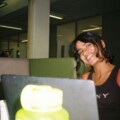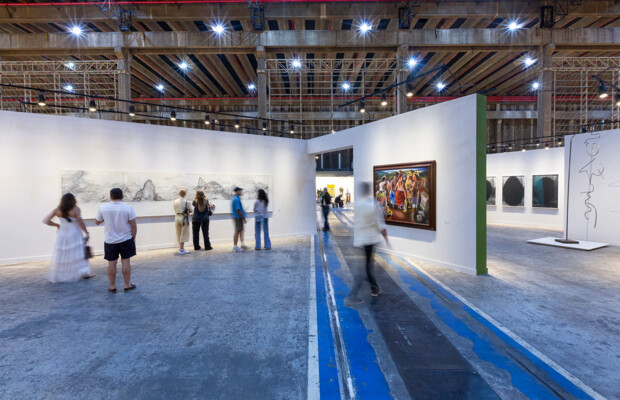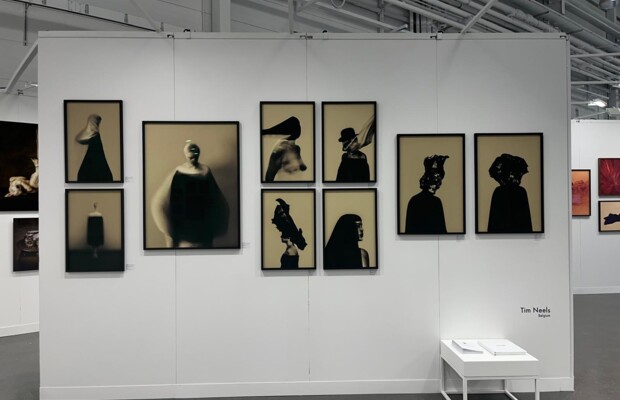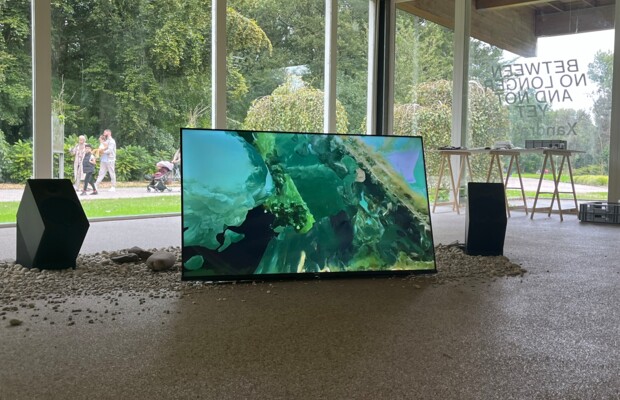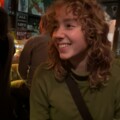Unboxing Our Boxes with A'DAM&Co. and Manon Awilo Longomba
In April of last year, Paris-based manager, Manon Awilo Longomba, found herself on the eighteenth floor of the A’DAM Toren, enamored by our little village of canals. “I want to do something here”, she said to Zep, the programmer of the Creative Members Club.
On the rainy 8th of February of 2024, Manon debuted as a gifted curator with “In a Box”, an exposition featuring up-and-coming artists from Nigeria, Paris, Amsterdam, and the Dominican Republic. Growing up mixed race, caught between the entanglements of Congo and West Indies, Manon acknowledged a slump in her life.
I feel stuck because of the boxes I have put myself in and the boxes others imposed on me. It stops me from expressing myself freely
In an effort to understand our boxes through visual art and photography, Manon invited six artists, a mix of acquaintances and those she discovered on Instagram.
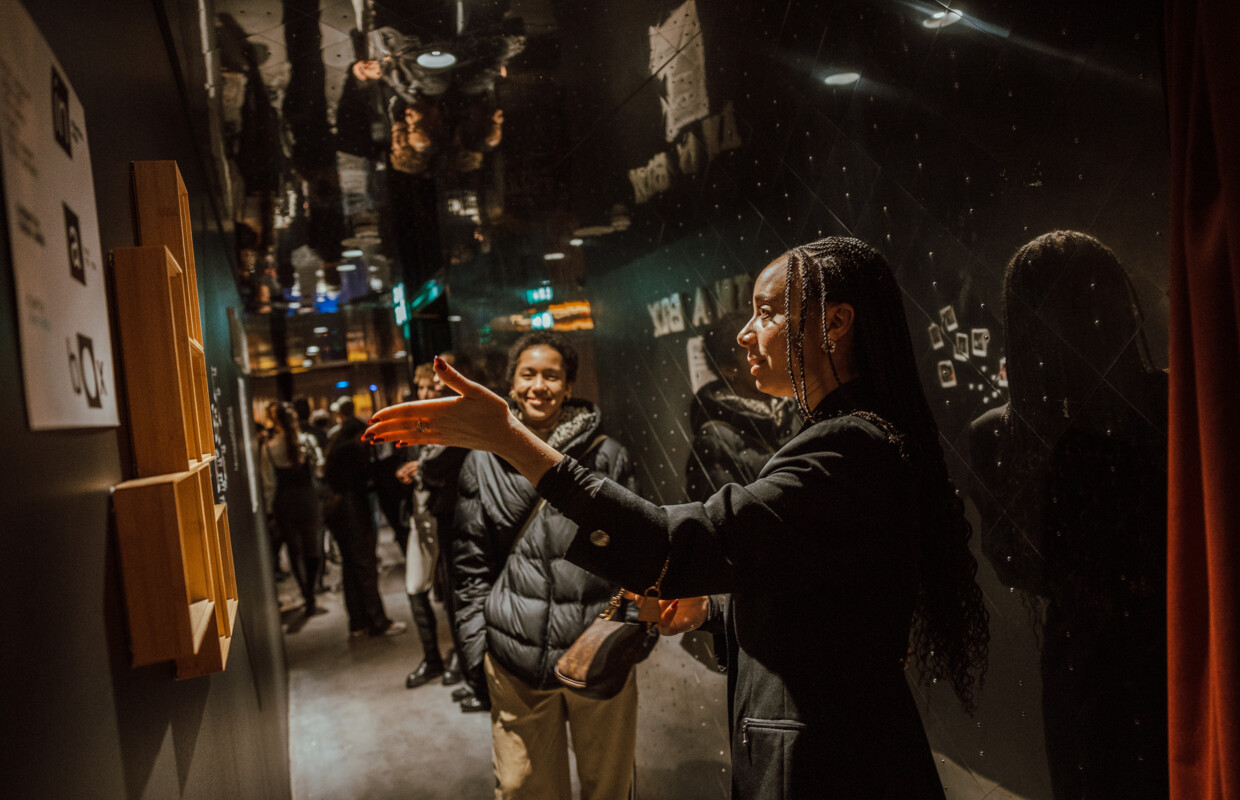
In an effort to nurture an inclusive space, the exposition was open to all visitors, with around 220 expected attendees. As the venue slowly filled up, a feeling of intimacy between artists and guests persisted with conversations abounding. Overlooking the city of Amsterdam, I began a journey through ''In a Box''.
Young artists are gently breaking into the bureaucratic world of art, often without representation from galleries. In the beautiful place of uncertainty before ‘being discovered’, they find a perfect balance between the real world and a dream, navigating the delicate intersection of money and art.
Osayi Osawe, a Nigerian artist based in Amsterdam, has painted the boxes of his past. The exhibition features three chronological self-portraits titled 'All for You (Us)', reflecting on Osayi coming of age. The pure, curious selfhood of a little boy growing up in Benin City becomes the face of a contemplative young man, weary yet in awe of the world beyond himself. Transitioning from a bright orange to a profound blue, Osayi’s paintings reflect change. The collection, defined by the act of painting and that of viewing, turns negative emotions of regret, perhaps that of leaving the box we call home, into empowerment: “The last one is me flowing with what I see around me”, the artist shares.
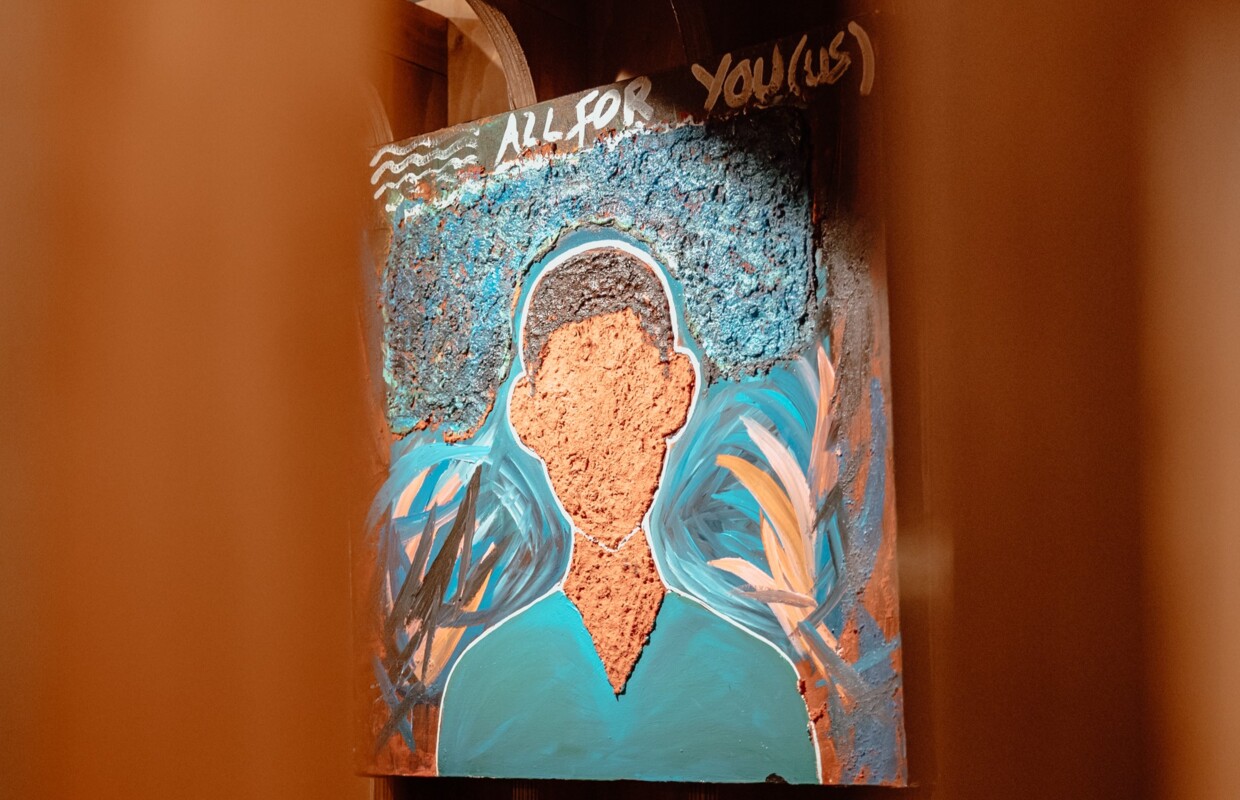
The same hands that paint also move luggage at Schiphol. To mix sawdust into paint, as Osayi does to achieve the animated texture in his collection, reveals sacrifice, which breathes life into his art. A trapeze between a day job and a daydream.
The artist Kopeto, now settled in Amsterdam, came “From a nowhere country to the suburbs of Paris”, playing on our many interpretations and cautious assumptions. The artist uses photography to question closeness in today’s world. In one of his works, a misty ray of light pierces through a peephole into the half-shut eye of a woman in her dimly lit house. A master in the use of light, Kopeto pictures the peephole as a mediator, representing the interpretations that exist between us and the world, determining who or what we let into our box.
Interpretation is the new proximity,
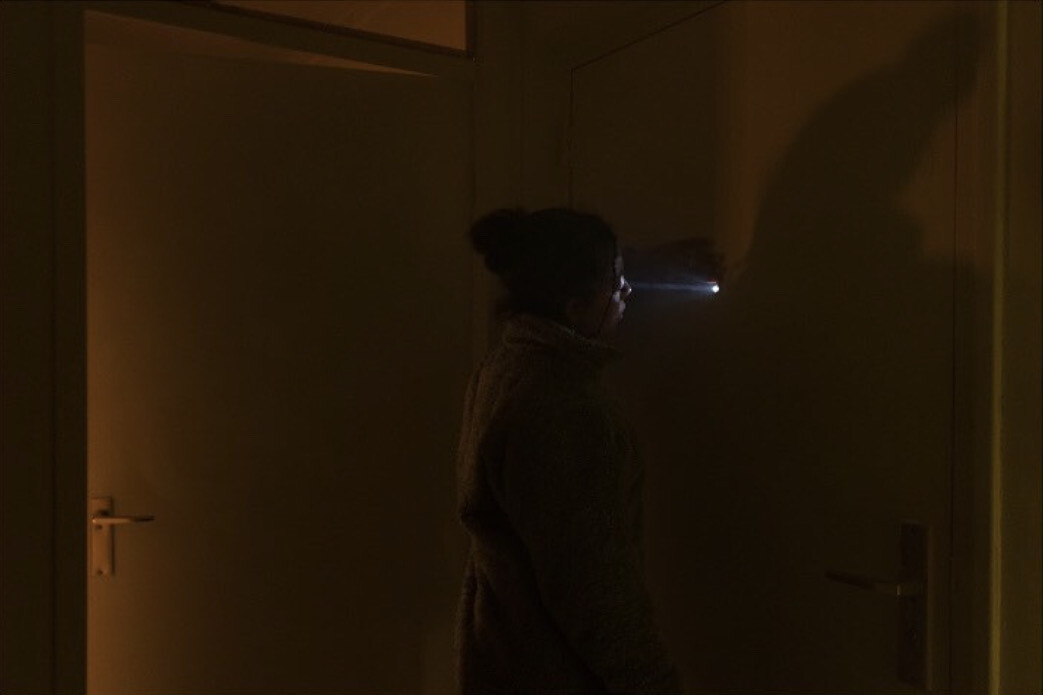
Represented by Manon, visual artist Lolie Darko painted the box of consumerism in her collection of paintings. While art usually leaves room for discussion, I felt Darko’s neoliberal critique thrusted on me. One image depicts three men in tracksuits standing in front of a Soviet-style building, wearing brown bags of the holy trinity: Zara, McDonald’s, and Apple. Another frame focused on a waving flag, meticulously replaced by a plastic bag. The symbolism, along with caricature-like drawings was blatant, holding up a mirror on the obvious yet invisible imperialism of consumerism. That being said, images of chains, joggers, and Döner in Paris hinted at themes of migration and a third culture of resistance, which held my gaze.
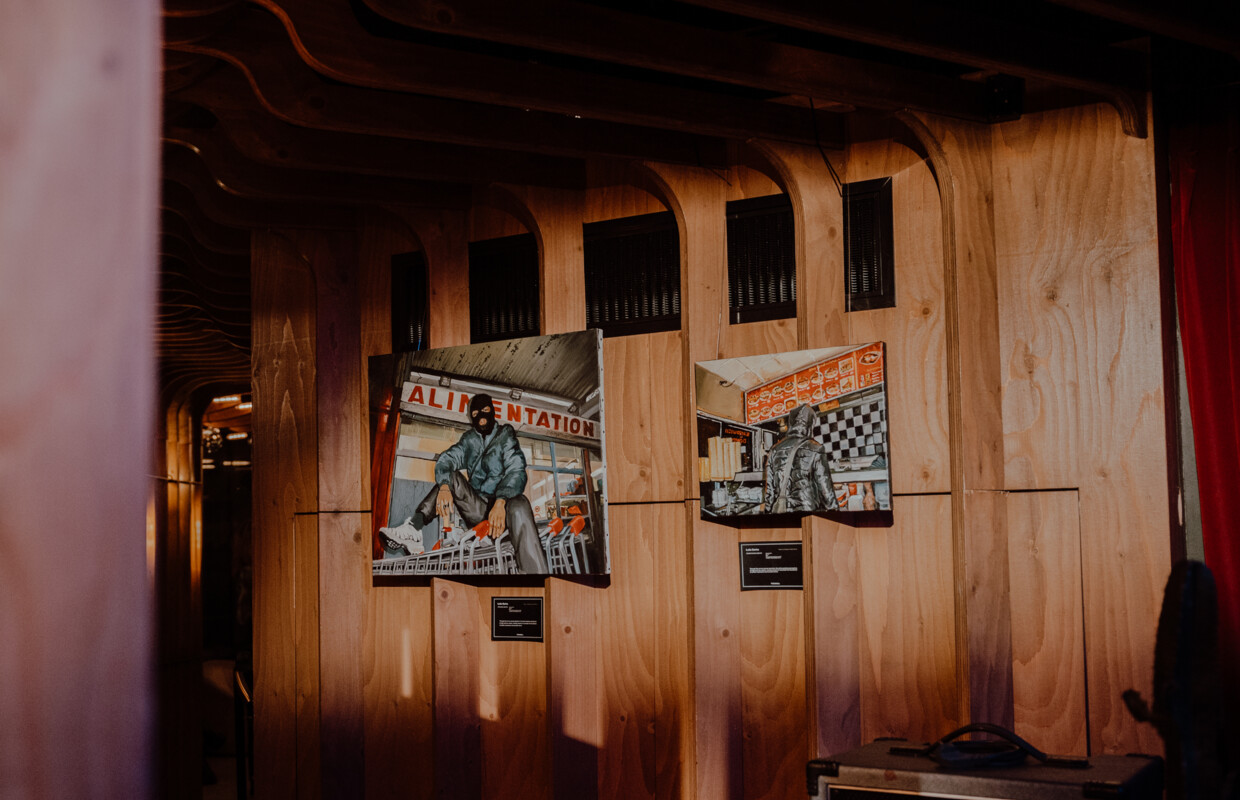
As goes with consumption, or the box of what we are supposed to like, the exhibition immediately made me question the confines of my own identity and how we might transcend this box. Then, I encountered the work of Mitch Zachary, a photographer from the Dominican Republic currently based in Paris. In his works, Mitch captures the love affair we have with our boxes. Why do we think of stepping out of the box, when it holds our roots, our home and a nostalgic feeling of belonging and being loved?
Within the frames of Santo Domingo, Mitch photographed the artists who found inspiration in their homeland. The portraits bled out with a bold, kind expression set by the Caribbean Sea. One particular frame features a young woman against a dark background, wearing stark whites and blacks. The dissonance in the image translates into an outspoken righteousness, informed by fashion and culture.
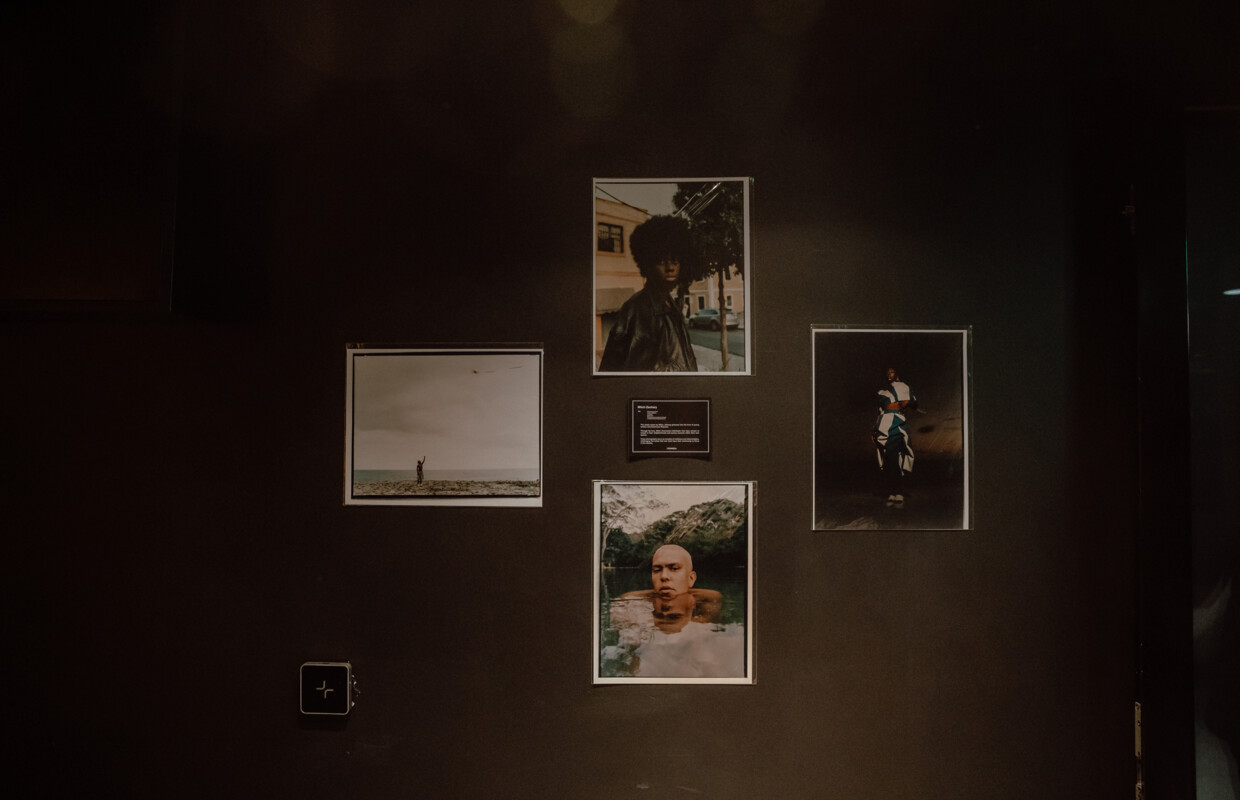
Inspired by the Franco-Belgian graphic novel tradition, illustrator Dimitri Zegboro depicted the beautiful box of his family. The collection, titled 'Two Brothers', consists of three self-portraits of Dimitri and his brother, who lives with autism. This circumstance, depicted in warm tones of orange, reflects a nonverbal bond between siblings. “The way he holds his toys,” writes the artist, giving an example of the love found in details. Dimitri, along with many other exhibitors, focuses on self-portraiture, emphasizing the value of subjectivity in understanding the world. Our own lived experiences serve as the foundation for creating something genuine in a world of glamorized objectivity.
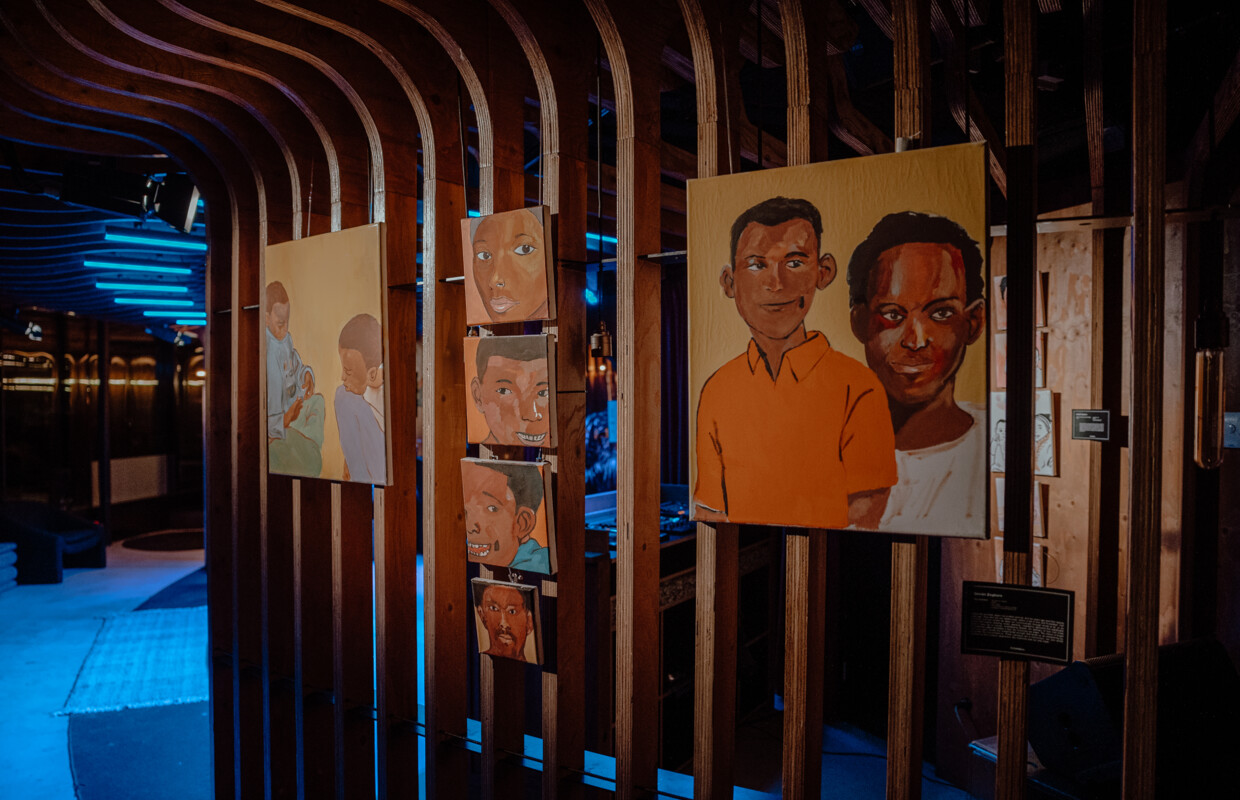
The exhibition asked an important question: what lies beyond the box? Do they hold us back? Gogo Lupin offers his answer with 'Ego Die'. Laden with a soft pink, Gogo’s painting juxtaposed the fragility of life with the transformative power of love, set against the backdrop of his father’s passing.
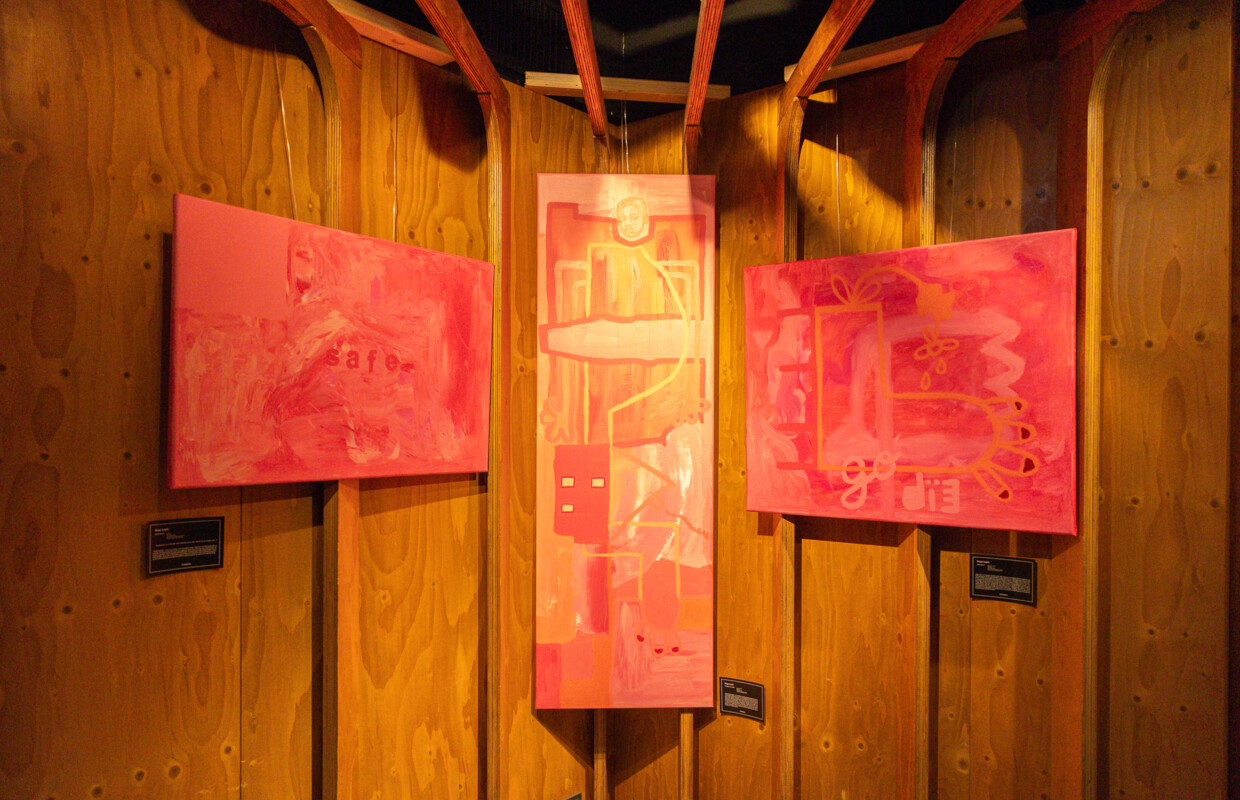
When I was back in Paris for Christmas, my Dad and I fought for four days. Over ego shit. On the fourth day, I said f*ck it, I told him that I am his son and I love him. The second I killed my ego, he hugged me, and cried,
A big foot in the center of the canvas depicts the all-knowing Father figure, while a tiny portrait of young Gogo observes from the top corner, aloof. Around two years ago, somewhere between Snoop Dogg, a fascination with Parisian pimps, and the life of a thug, Gogo swore to wear only pink - a visual reminder of softness: “Even gangsters can look like gentlemen, you know,” he joked.
Manon curated In a Box with the most honest, eccentric artists – whose works were introspective, deeply personal, and authentic. Each of the six young artists found a platform, a box overlooking the Amsterdam skyline, to ruminate on the boxes in their lives, while extending it to their visitors.
Share the post:
